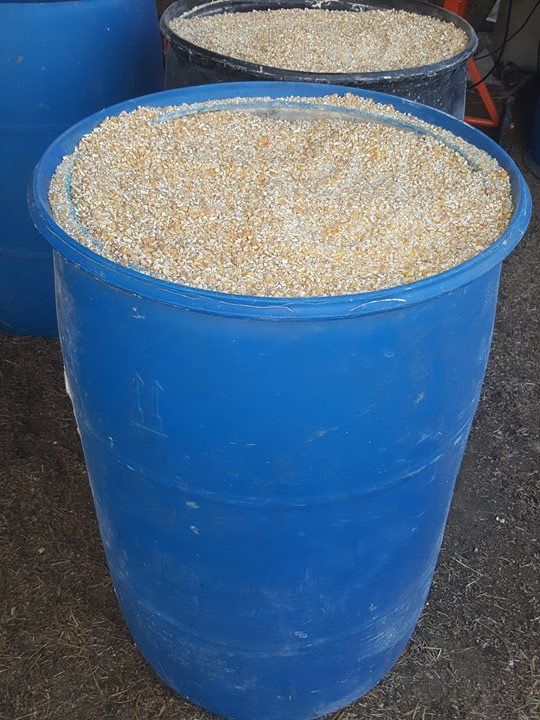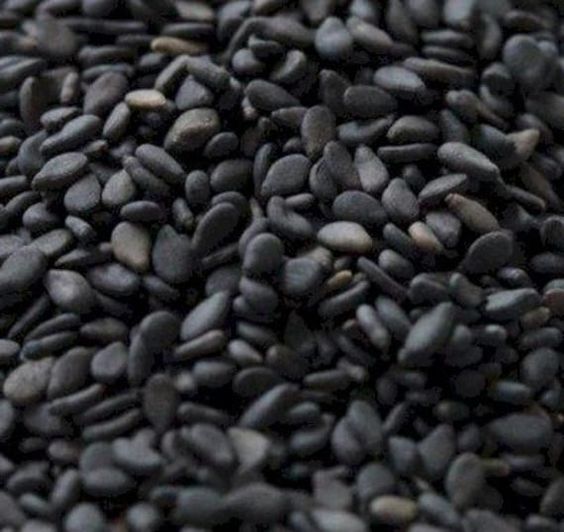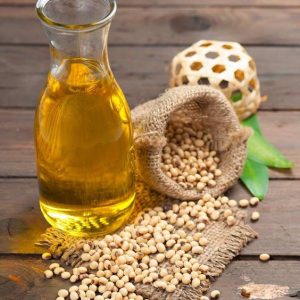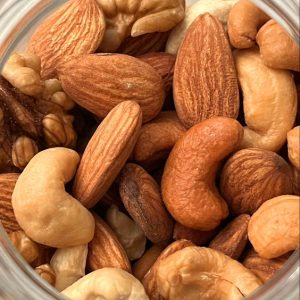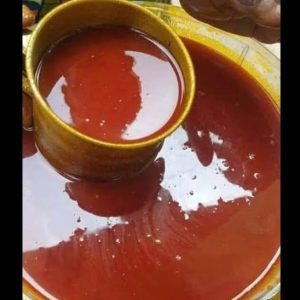Cotton seed
Description
Cotton Seed Specifications:
- Variety:
- Upland Cotton (Gossypium hirsutum): Most widely cultivated and used for both fiber and oil production.
- Pima Cotton (Gossypium barbadense): Extra-long staple variety with high-quality seeds, often used for premium oil.
- Other Varieties: Includes Gossypium arboreum and Gossypium herbaceum, commonly used in specific regions like India and Africa.
- Size:
- Length: 8 mm to 10 mm (0.3 to 0.4 inches).
- Width: 4 mm to 5 mm (0.15 to 0.2 inches).
- Weight: Varies by variety, but typically ranges from 100 to 140 grams per 100 seeds.
- Moisture Content:
- Ideal Range: 8% to 12%.
- Cotton seeds with excessive moisture are prone to spoilage, while low moisture content may affect oil extraction efficiency.
- Oil Content:
- Typical Range: 15% to 22% oil content.
- Higher oil content is preferred for cottonseed oil production. Premium varieties can have oil content up to 24%.
- Protein Content:
- Meal Protein Content: 35% to 45% (after oil extraction).
- Cottonseed meal is a valuable byproduct used in animal feed due to its high protein content.
- Lint Coverage:
- Fuzzy Cotton Seeds: Covered in a short layer of fiber known as “lint” or “fuzz.” These seeds can be de-linted mechanically for specific uses.
- Delinted Seeds: Cotton seeds that have undergone mechanical or acid delinting to remove the fiber layer, used for planting and oil extraction.
- Free Fatty Acid (FFA):
- Range: 1.0% to 3.0% (at the time of pressing).
- Lower FFA content is better for oil quality and longer shelf life.
- Gossypol Content:
- Typical Range: 0.6% to 1.2%.
- Gossypol is a naturally occurring toxin in cotton seeds that can be harmful to non-ruminant animals (like pigs and poultry), but it is less of an issue for ruminants (like cattle). Cottonseed meal for feed may undergo processing to reduce gossypol levels.
- Fiber Content:
- Whole Seed: Contains about 8% to 15% fiber (including hull and fuzz).
- Cottonseed hulls are often used as roughage in animal feed.
- Seed Germination Rate:
- For Planting: Germination rates should be above 85%, depending on the quality of the seed and storage conditions.
- Seeds for planting should be disease-free and not damaged during processing.
- Foreign Matter:
- Acceptable Range: Less than 2% (includes dirt, stones, and other impurities).
- High-quality seeds are free from debris, soil, or other contaminants.
- Uses:
- Cottonseed Oil Production: Cotton seeds are crushed to extract oil, which is used for cooking, as an ingredient in processed foods, or in industrial applications.
- Cottonseed Meal: The meal is a byproduct of oil extraction, rich in protein, and commonly used in animal feeds.
- Cottonseed Hulls: Used as roughage in livestock feed or as a source of cellulose for industrial applications.
- Planting: De-linted seeds are used as planting seeds in cotton farms for fiber production.
- Packaging:
- Bulk: Cotton seeds are typically packed in jute or polypropylene bags.
- Size: Common bag sizes include 25 kg, 50 kg, or 1-ton bags for bulk shipments.
- Storage: Store in a cool, dry place to maintain seed quality, especially for planting seeds.
- Processing:
- Ginning: Seeds are separated from the cotton fiber during the ginning process.
- Delinting: The removal of lint (fibers) from the seed, typically done with chemicals or mechanical methods to prepare seeds for oil extraction or planting.
- Purity:
- Cotton seeds should have a purity level of 98% to 99%, free from other seeds, weeds, or contaminants.
- Seed certification standards may apply depending on the country of origin.
- Ginning Efficiency:
- Cotton seed should retain a clean cut during the ginning process to ensure maximum usability and quality for oil production and planting.
Export Information:
- Country of Origin: Major producers include the USA, India, China, Brazil, and Pakistan.
- Export Standards: Must comply with international seed quality standards and phytosanitary requirements.
Common Grades:
- Grade A: Premium quality seeds with high oil content, low moisture, and minimal contamination.
- Grade B: Medium quality, suitable for oil production and animal feed but may have higher moisture or contamination levels.
- Grade C: Lower quality seeds, typically used for non-food applications or low-grade animal feed.
This specification provides a comprehensive overview of cotton seeds used for oil extraction, planting, and animal feed, ensuring quality control throughout the supply chain.

